5.56 NATO vs .223 Remington
NATO specification ammunition is generally not safe to fire in .223 Remington-chambered rifles (which are mainly civilian sporting rifles).
The chambers of weapons intended to take the NATO round are oversize relative to the civilian weapons to allow for greater variation in production (and hence reliability), and hotter loads containing more propellant.
By contrast, SAAMI-specification chambers are manufactured tighter (for accuracy), and 5.56 x 45 NATO ammunition, at the larger end of the manufacturers' tolerances, will be too tight and result in overpressure.
This can cause excessive wear, or even theoretically cause parts of the rifle to rupture. Conversely, civilian .223 ammunition is perfectly safe to use in military rifles.
The 5.56 NATO cartridge with the standard military ball bullet (NATO: SS109; U.S.: M855) will penetrate approximately 15 to 20 inches (380 to 500 mm) into soft tissue in ideal circumstances.
The NATO Ball round (U.S.: M855) can penetrate up to 3 mm of steel while the Armor-Piercing variant (U.S.: M995) can penetrate up to 6 mm.
As with all Spitzer shaped projectiles it is prone to yaw in soft tissue. However, at impact velocities above roughly 2,700 ft/s (820 m/s), it will yaw and then fragment at the cannelure.
The fragments disperse through the flesh causing much more internal injury. The effectiveness of fragmentation seems to impart much greater damage to tissue than bullet dimensions and velocities would suggest.
It should be noted that this fragmentation effect is highly dependent on velocity, and therefore barrel length: short-barreled rifles generate less muzzle velocity; rounds lose effectiveness at much shorter ranges than longer-barreled rifles.
During the 1970s, NATO members signed an agreement to select a second, smaller caliber cartridge to complement the 7.62 mm NATO. Of the cartridges tendered, the 5.56 mm was successful, but not the 5.56 mm loading as used by the U.S. at that time.
Instead, the Belgian FN SS109 loading was chosen for standardization. The SS109 used a heavier bullet at a lower muzzle velocity for better long-range performance.
The cartridge is 57 mm (approximately 2.25 inches) long and 9.7 mm (0.38 inches) in diameter. The bullet itself is 0.75 inches (20 mm) long and 0.224 inches (5.7 mm) in diameter.
The .223 Remington cartridge has the same dimensions as the 5.56 x 45 mm, but (generally) has a lower propelling charge, the NATO loading being the more powerful.
Chambering and firing a 5.56 x 45 mm round in a .223 rifle is possible, but not always wise. However, it is safe, if not always effective, to fire a .223 Remington round from firearms designed for the 5.56 mm.
The NATO standard M855/5.56 round is intended for use against light matériel targets and personnel, but not vehicles. Identified by a green tip, the 62 grain projectile is constructed of a lead alloy core topped by a steel penetrator, the whole contained within a gilding (copper alloy) metal jacket. The primer and case are waterproof. (See representative cartridge drawing.) Despite the round's penetration abilities, BATF has specifically exempted it from the AP ban.
The M856/5.56 incendiary, identified by an orange tip on its copper-plated steel jacket, is used for observation of fire, incendiary effects and signaling. As with all illuminated bullets (except the new Hornady rounds introduced in the mid-'90s), it is hollowed out at the base and a tracing compound appended. (See representative cartridge drawing.) The perceived requirement to stabilize this round caused the M16A2 to have a 1:7-inch rate of twist instead of the more desirable 1:9-inch. Much longer than the earlier M196 tracer bullets (55 grain), it is designed to trace out to 875 yards.
The M995/5.56 AP, identified by its black-tip, uses a shaped tungsten core in a jacketed envelope, and penetrates 12 mm armor plate of 300 HB at 100 meters. It began development in 1992 as part of the Soldier Enhancement Program, and its primary mission is to improve incapacitation capability against troops within lightly armored threat vehicles.
"5.56mm NATO Ball" describes a specific cartridge, not a class of cartridges.
The projectile is roughly 62 grains in weight and is projected at about 3100 fps at the muzzle. Manufactured in lots of varying dimensional and pressure standards, ‘5.56x45’ describes a class of cartridges which can be anything. U.S. M193 Ball is 5.56mm Ball, but it isn't "5.56mm NATO Ball."
There is a distinct difference between "5.56mm NATO Ball" and the commercial ".223 Remington."
The American Sporting Arms and Ammunition Manufacturers' Institute issued an advisory about this issue more than 20 years ago, when military 5.56mm ammo started showing up in sporting goods stores.
The "MK 262 Mod 0, 5.56MM 77 Grain LR Ammunition" is a different story in itself, and a currently evolving one. It is produced solely by an American munitions manufacturer on a sole-source basis for use by a Special Forces Group. It may or may not be shortly usurped by another evolving military cartridge, the 6.8 X 43mm.
The Mk 262 Mod 0 is the end product of several years of testing which began with the evaluation of 27 different commercial match projectiles. As early as 1999, the candidates were narrowed to three: Berger's 73-grain LTB (Length Tolerant Bullet), Powell River Laboratories' 87-grain powdered tungsten core projectile, and Sierra's 77-grain Match King.
Availability issues with the first two manufacturers resulted in the Sierra Match King being chosen. Production has since switched to the Mk 262 Mod 1, in which the primary change is the introduction of a projectile cannelure. The Mk 262 Mod 1 has been loaded with either the 77-grain Sierra Match King or the 77-grain Nosler Custom Competition (formerly, the J4 OTM). To date, Black Hills Ammunition is the sole source of the Mk 262 Mod 0 and Mod 1; however, there are indications that Lake City may begin loading the ammunition.
The Mk 262 cartridge was initially intended for use solely with the SPR (Special Purpose Receiver/Rifle), a designated marksman offshoot of the M4 SOPMOD Kit's Block 2 update. While it was originally intended for modified upper receivers to be procured as an off-the-shelf item, the recent "War on Terror" resulted in a number of SPR being assembled on an emergency basis by Navy (NSWC Crane) armorers for issue to SOCOM operators.
The upper receiver is a mix of military and commercial parts, including an 18" Douglas barrel, which is then mated to a M16A1 lower. (Less commonly seen is a SPR upper mounted to a M4A1 lower receiver complete with a collapsible stock.)
The Mk 12 Mod 0 SPR is used solely by Army Special Forces and is recognizable for its Precision Reflex, Inc (PRI) free-float forearm. The Mk 12 Mod 1, in use by other SF units, is equipped with a KAC free-float RAS forearm. The Mk 12 Mod 1 evolved from the earlier SPR/A and SPR/B, which varied primarily as to which Leupold Vari-X III scope was mounted (3.5-10x versus 2.5-8x, respectively). The current Mk 12 Mod 0 and Mod 1 reportedly use a Leupold 3-9x.
Similar rifles are being built by the Army and Marines for their individual services' designated marksman initiatives. These are known respectively as the Squad Designated Marksman (SDM) and Squad Advanced Marksman (SAM).
The USAMU is building both M16A4 and M4 SDM variants using fluted Douglas barrels (20" and 18" respectively) and Daniel Defense free-floating rail forearms. The USMC's SAM-R is also based on the M16A4, and is easily the heaviest of the lot due to its extra thick 20" Krieger barrel. Like the Mk 12 Mod 1, the SAM-R is equipped with KAC's free-float RAS forearm.
Subscribe to:
Post Comments (Atom)









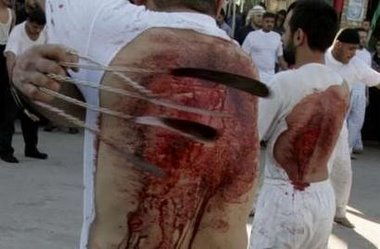



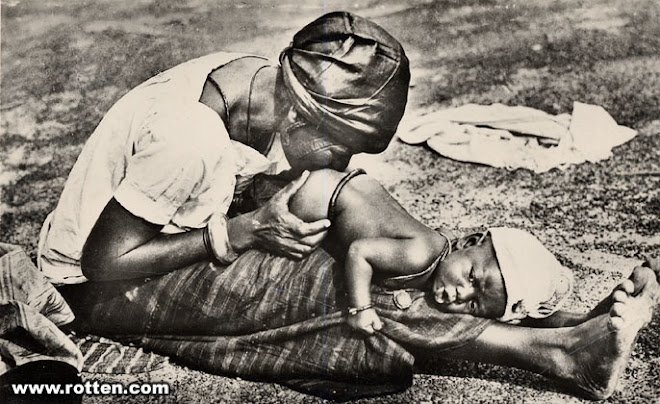

















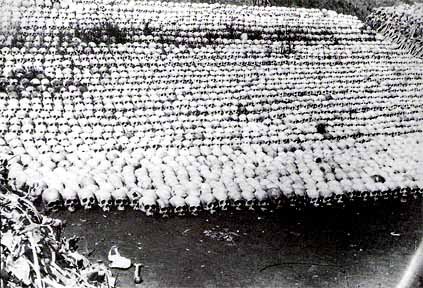
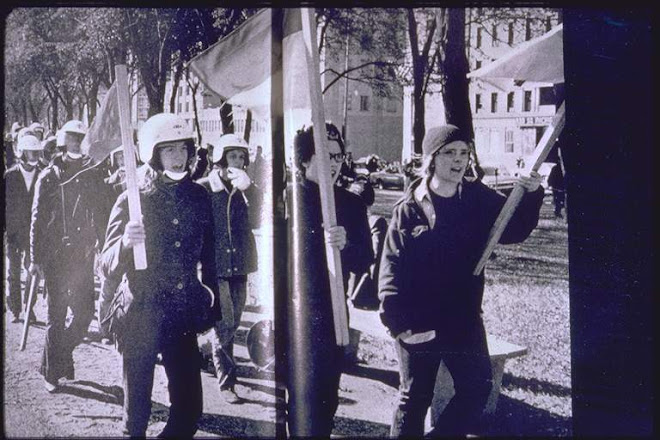
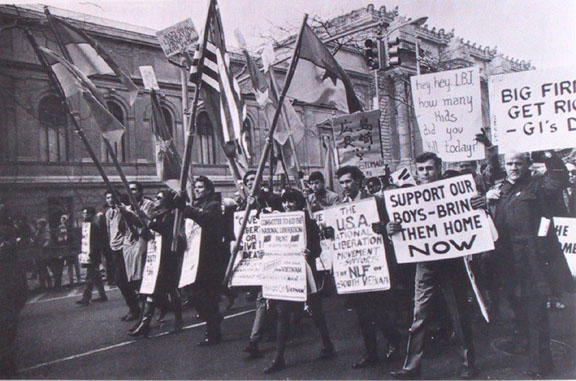

















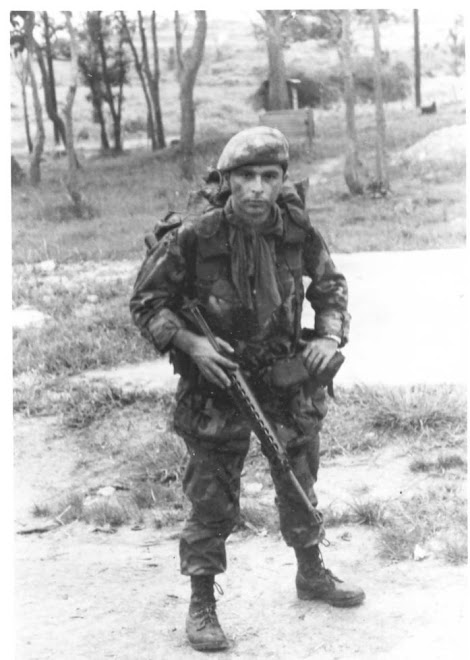
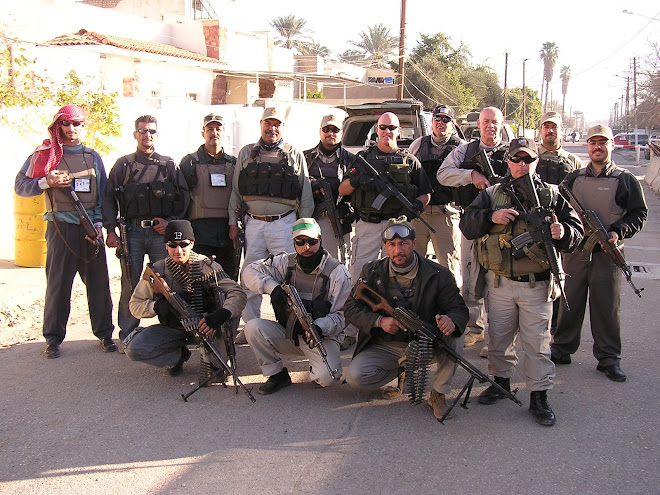
No comments:
Post a Comment